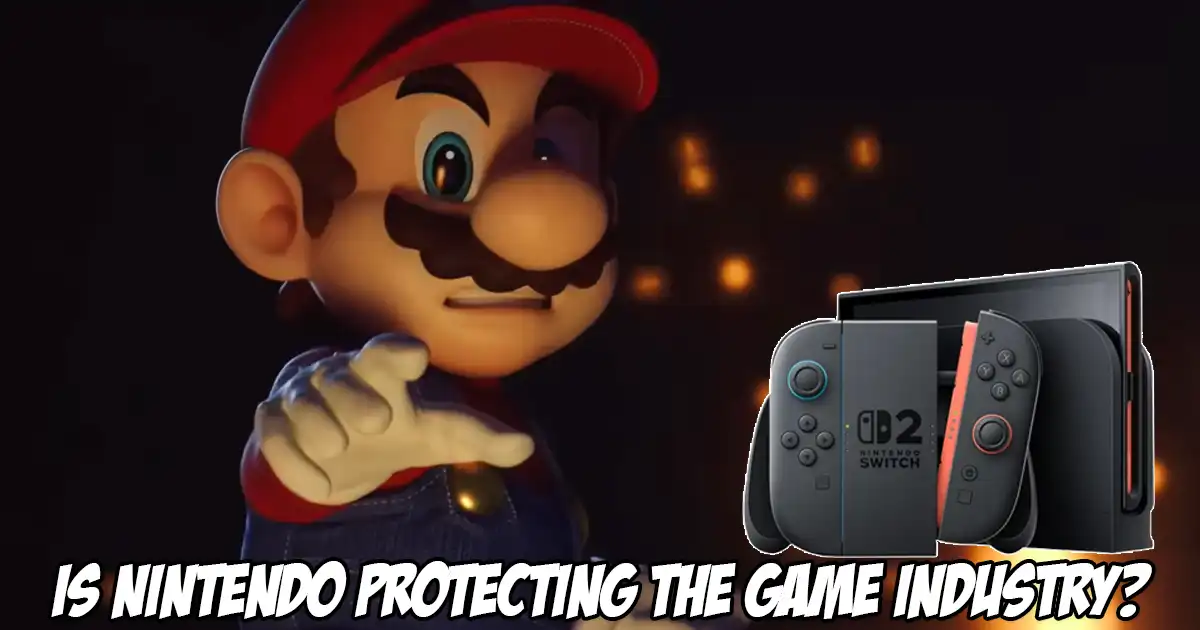

The Switch 2 was released back in June of this year. Leading up to this window, Nintendo faced a lot of scrutiny from fans regarding the pricing of the console and some of its games.
Indeed, the Switch 2 can currently be picked up for $449.99 in the United States. Of course, those that want the Nintendo Switch 2 + Mario Kart Bundle could get it at $499.99 instead.
To make matters worse, games like Mario Kart World were being sold at $79.99, an increase from the norm of $59.99 or $69.99. This was setting a precedent that suggested that games could be sold at this price going forward.
Though Nintendo would acknowledge that these pricings could prove problematic for some people, this did little to quell the controversy. President of Nintendo of America Doug Bowser spoke on this matter with CBC.
“As we look at Nintendo Switch 2 and you think about the feature sets that I talked about… we believe that the pricing is appropriate for the value of the machine and the gameplay experience overall.
“We recognize there are some people that may not be able to afford [the Switch 2’s] price point. That’s why we wanted to make the other Switch platforms available, so [people] still have an opportunity to come into our gaming universe, be a part of these characters in these worlds, and see value, if you will, in whatever rung of the platform they come in.”
There’s also been some dissatisfaction with how the Switch 2’s Game-Key Card system works. Essentially, cartridges now only provides a digital license for downloading a game rather than its corresponding software.
“As we look at Nintendo Switch 2 and you think about the feature sets that I talked about… we believe that the pricing is appropriate for the value of the machine and the gameplay experience overall.” — Doug Bowser
This technically means that Nintendo could take away the ability for a game to be played at any time if they wanted to. Though this hasn’t been incorporated against the common user yet, it sets a scary precedent in the minds of many gamers.
Needless to say, many have been attributing Nintendo’s recent actions to greed. Nintendo has already seen an extreme amount of success with the Switch 2’s predecessor, the Switch, so why would they do all of this?
As highlighted by Automaton, former Capcom developer Masakazu Sugimori (worked on Breath of Fire 4, Ace Attorney, Viewtiful Joe, Ghost Trick: Phantom Detective and Professor Layton vs. Ace Attorney mostly as a composer) had an interesting take regarding Nintendo’s stances.
Sugimori suggests that Nintendo is aiming to “protect the game and digital entertainment industries as a whole.” In other words, they are taking the heat by initiating these practices so that smaller companies can survive by following them.
“Amidst rising costs, Nintendo took the lead in raising prices so other struggling game companies could follow.” — Masakazu Sugimori
“Key cards: Preventing piracy, reducing the risk of carrying unsold stock. Raising game prices: Amidst rising costs, Nintendo took the lead in raising prices so other struggling game companies could follow. Cutting online services for past hardware: This sets a ‘lifespan.’ By doing this, it becomes easier for each game company to re-release their games on new hardware. In other words, it creates the job of ‘porting.'”
We haven’t really seen this become too much of a problem for fighting games just yet, but it’s likely to happen eventually. In fact, Street Fighter 6 for the Switch 2 was released at a cheaper price compared to the launch on other platforms.
Of course, we’ll likely eventually see Super Smash Bros. come to the Switch 2 at some point. Masahiro Sakurai is likely to begin development after Kirby Air Riders is released on November 20, 2025.
Super Smash Bros. is a massive series for Nintendo. As such, the next entry (whether it’s for the Switch 2 or even the console after that) will probably be released for $79.99.
It’s certainly worth highlighting how Super Smash Bros. Ultimate for the Switch initially released at a price of $59.99. Despite it having been nearly seven years since then, it’s still priced at $59.99, but has continued to sell massively.
It would appear that Sugimori believes it to be unlikely that Nintendo is being motivated by greed considering the large cash reserves they’ve been sitting on due to previous years of success.
He also notes that while it’s scary that a publisher like Nintendo could technically disable usage of a game license at their discretion, there are downsides to physical copies of games that need to be considered.
“But can non-digital goods be used forever? For the most part, no,” said Sugimori. “Physical things have a lifespan, and they eventually break. Digital goods, on the other hand, don’t have a lifespan.”

